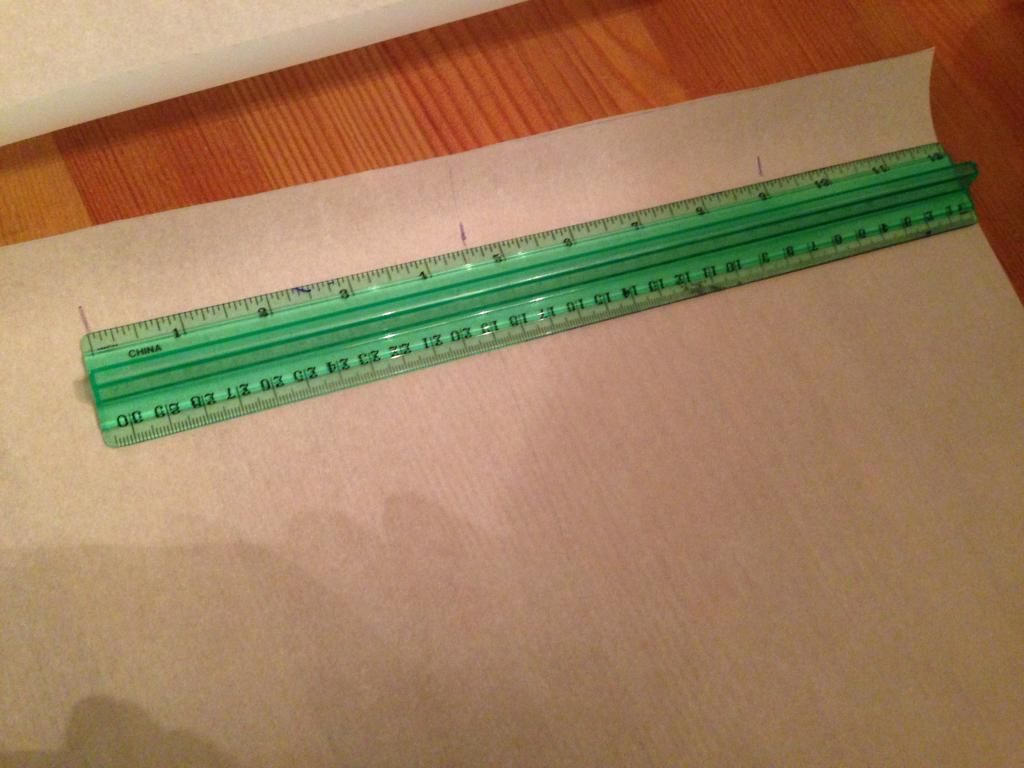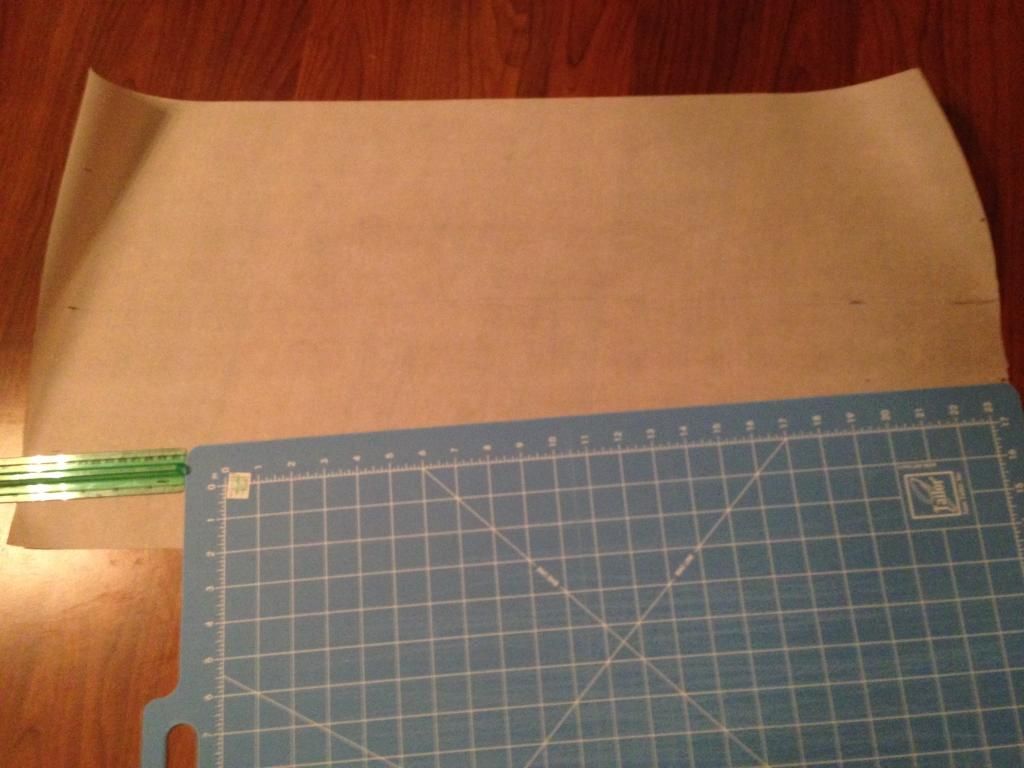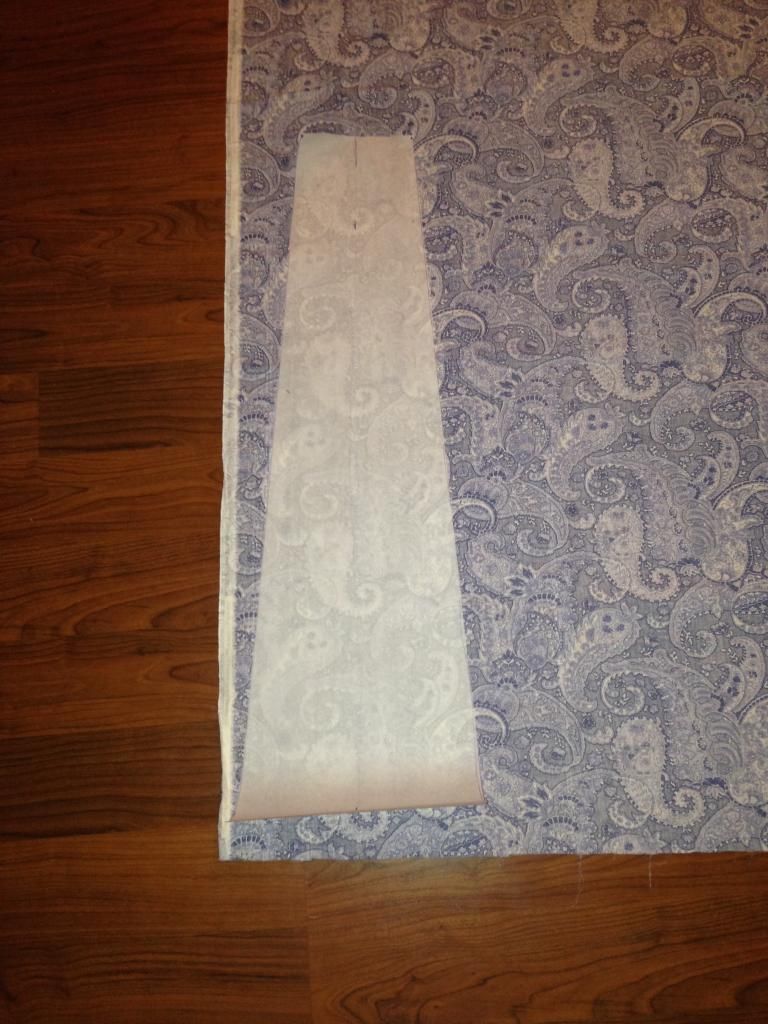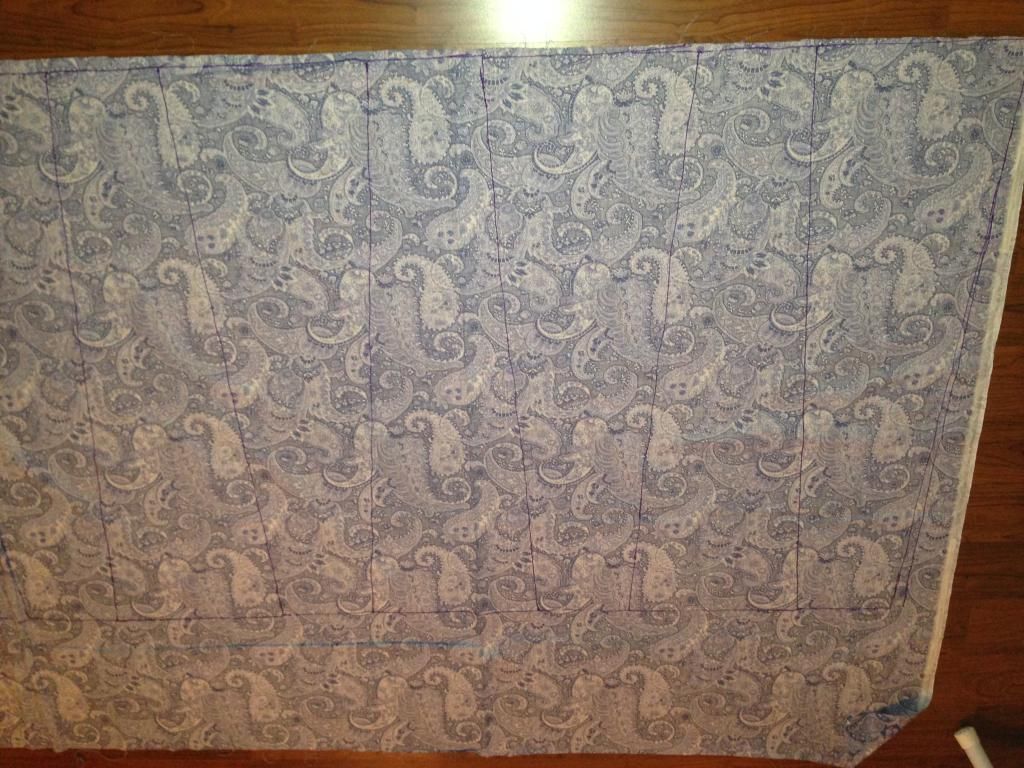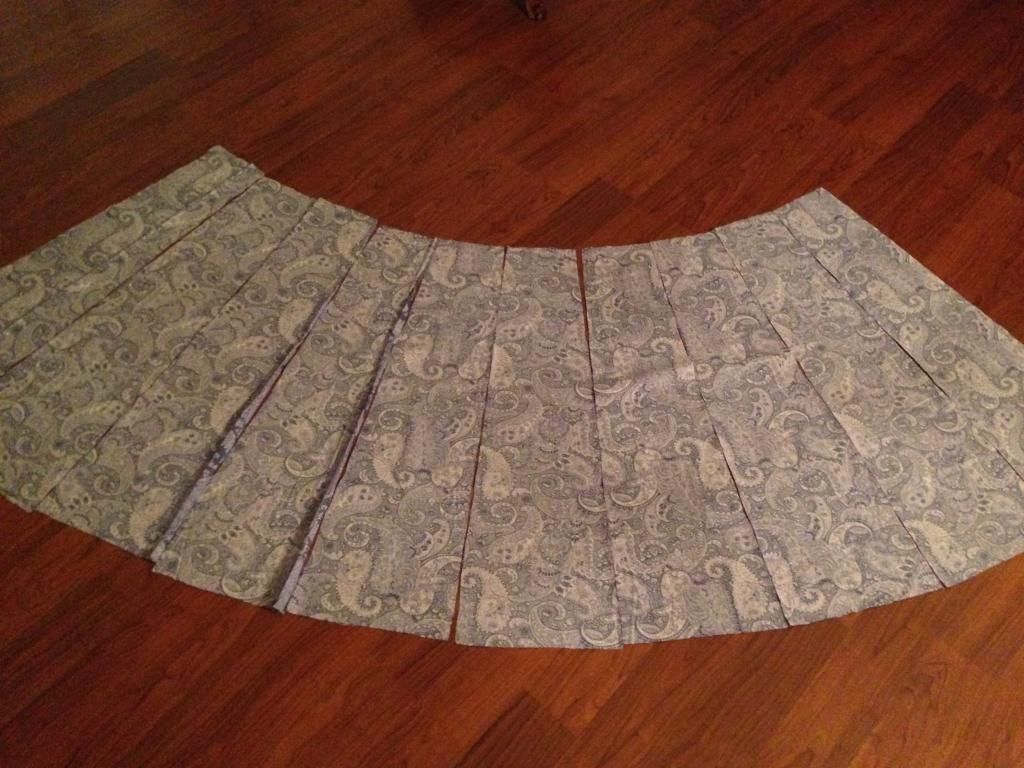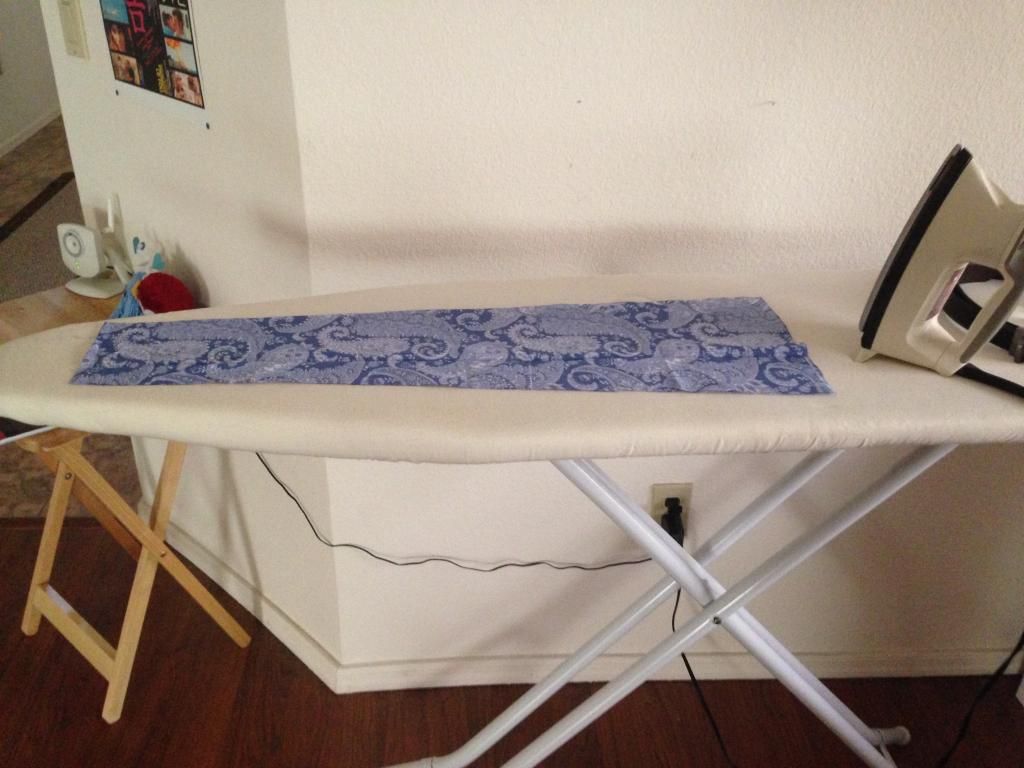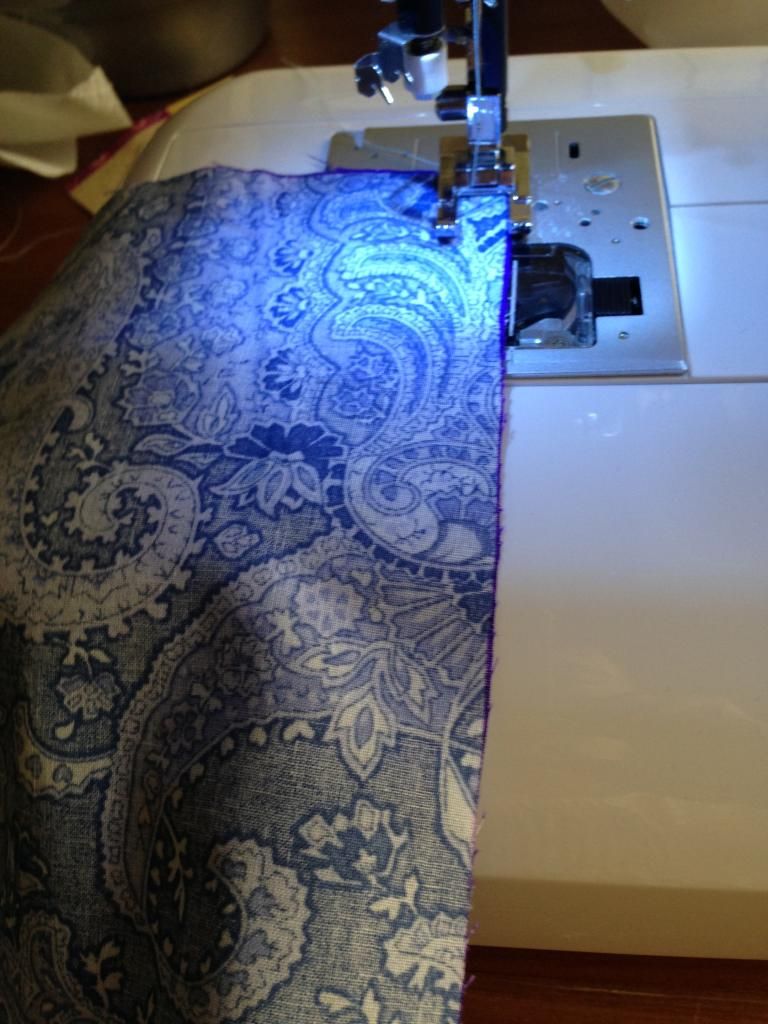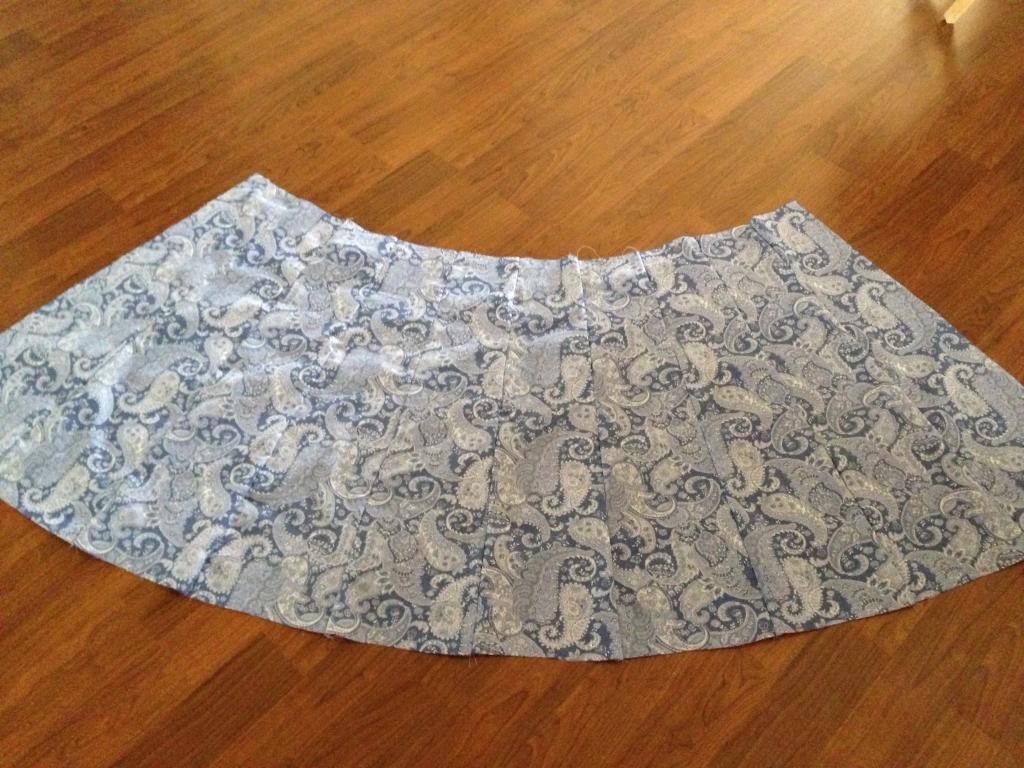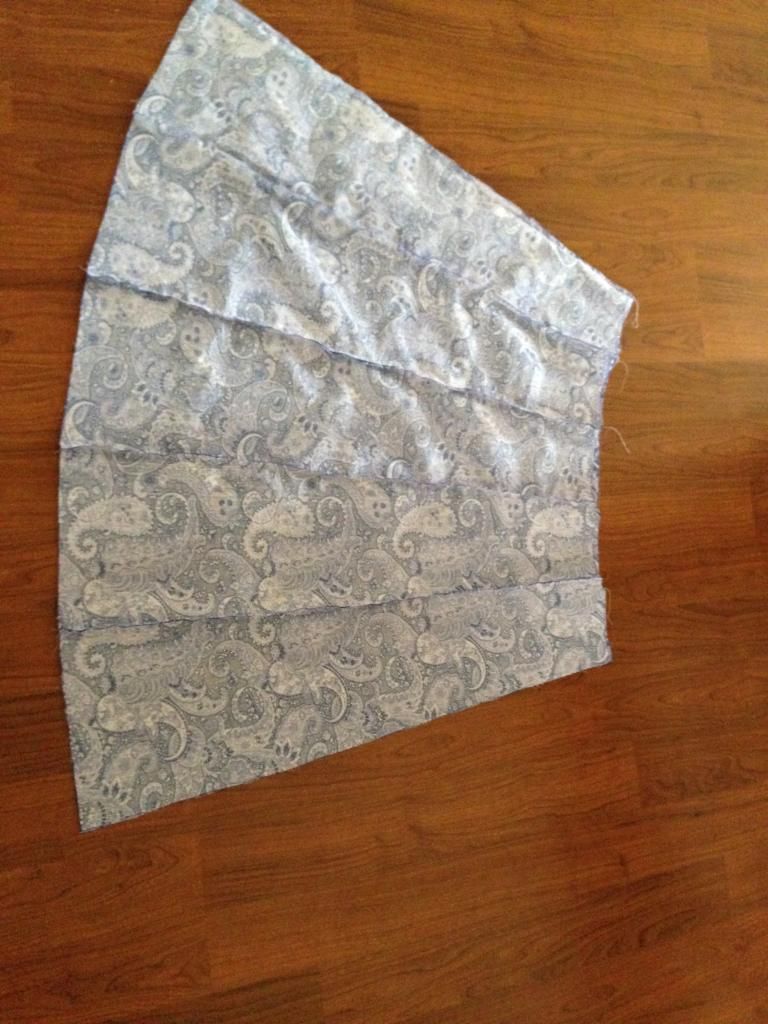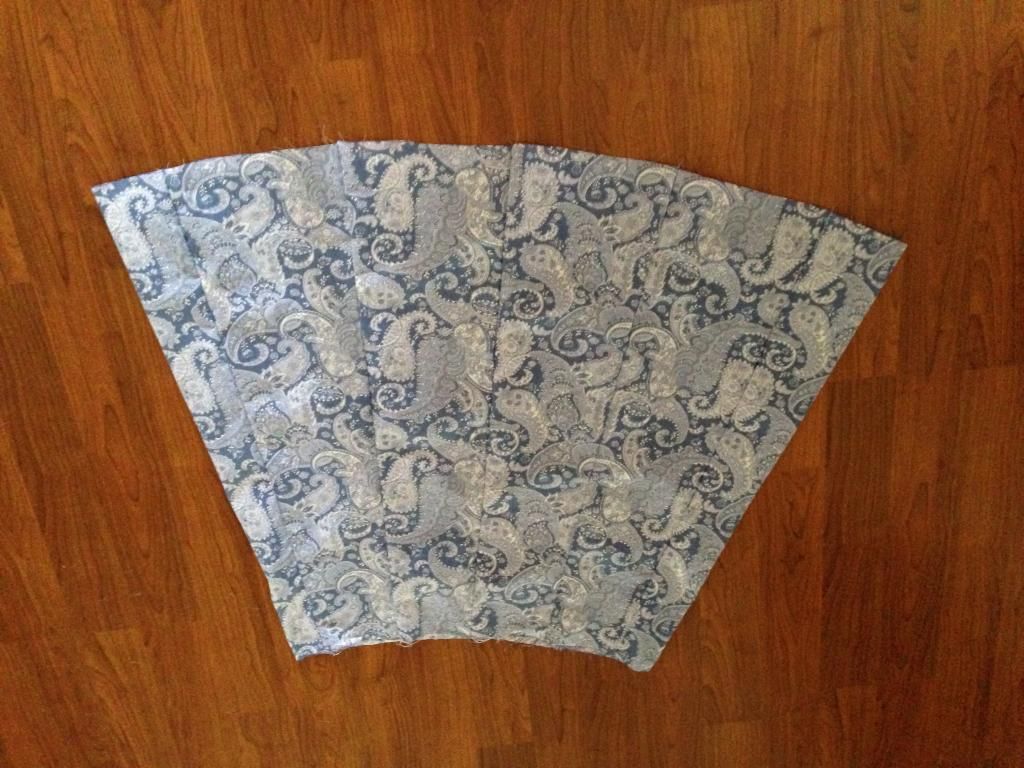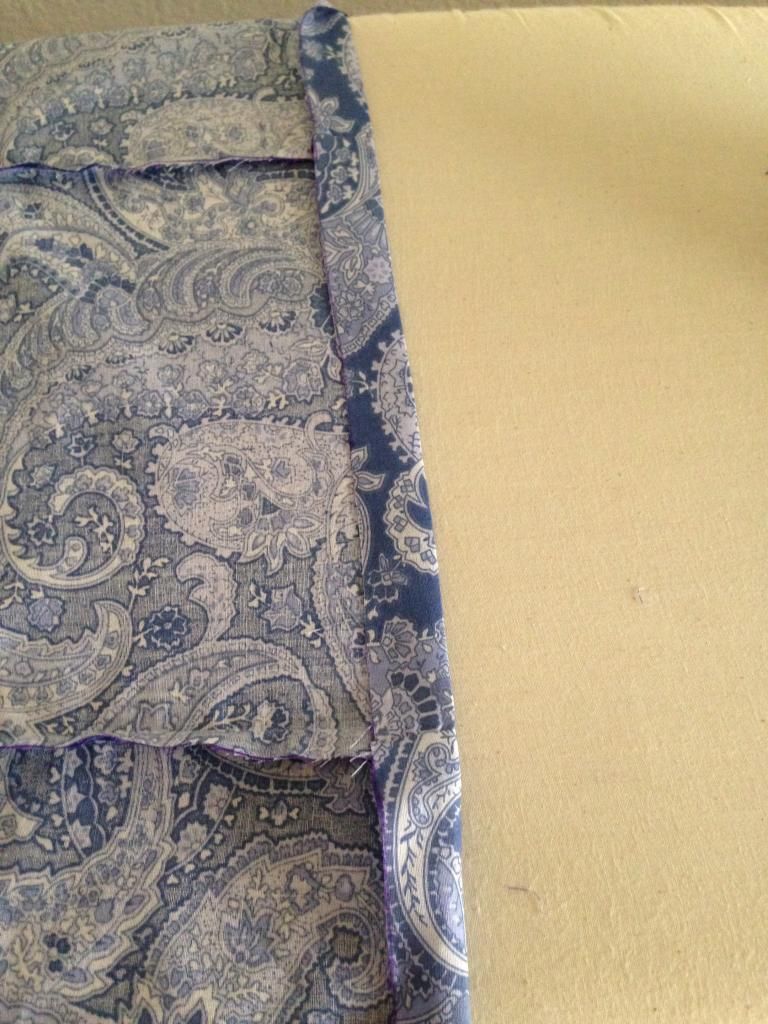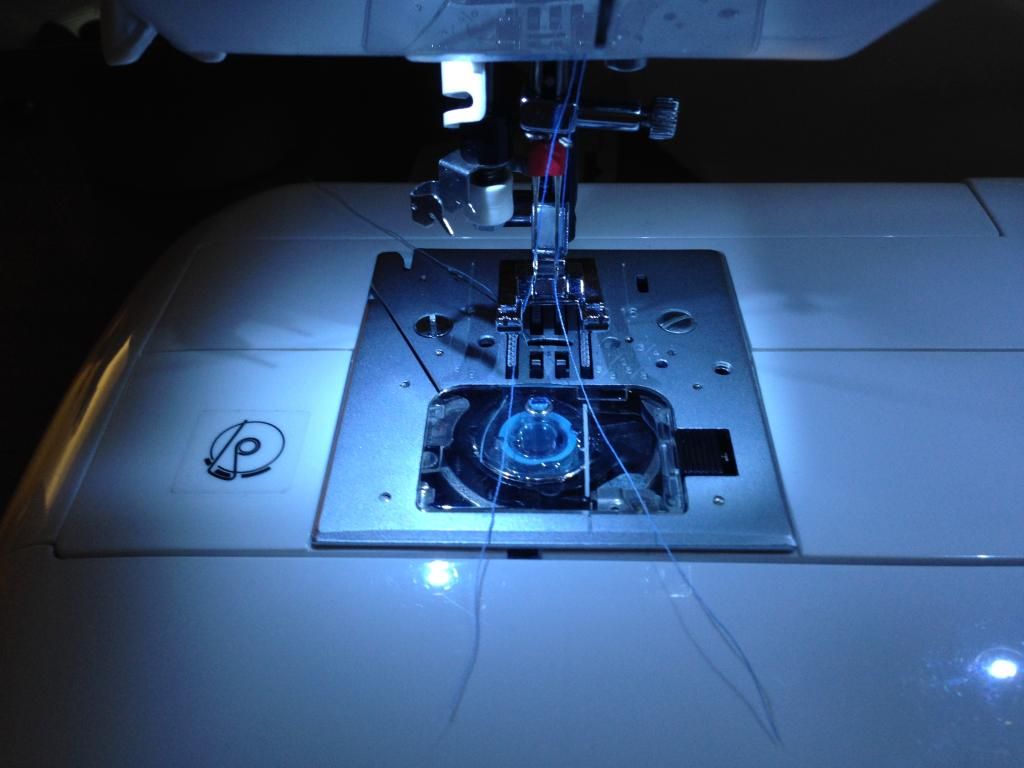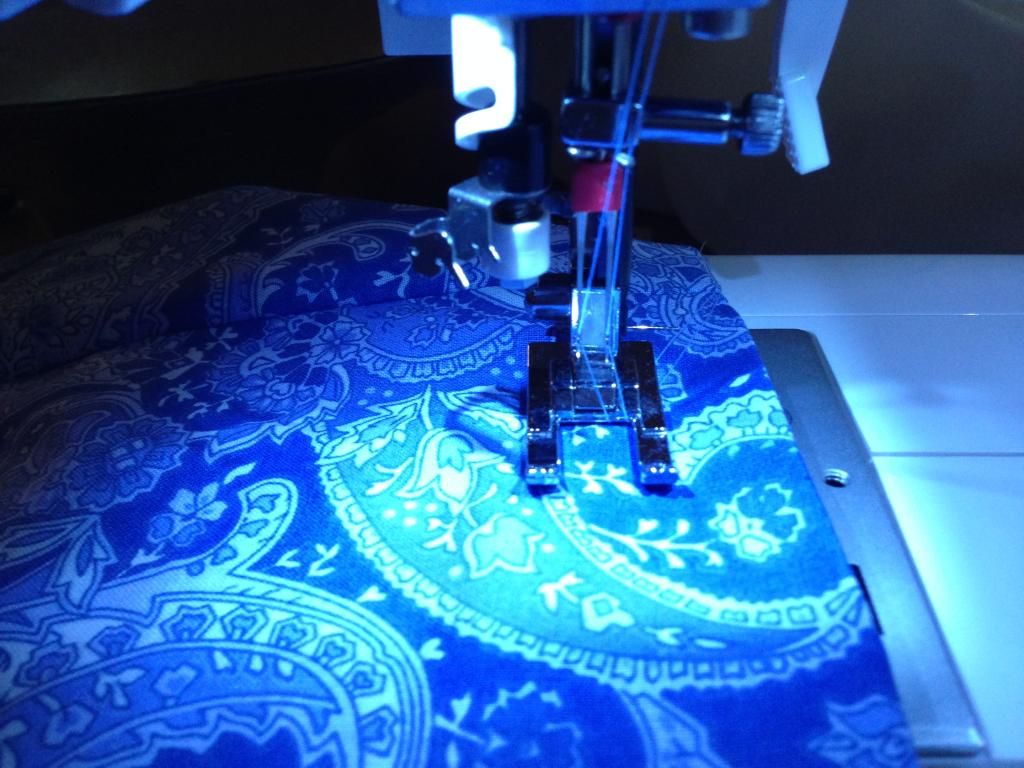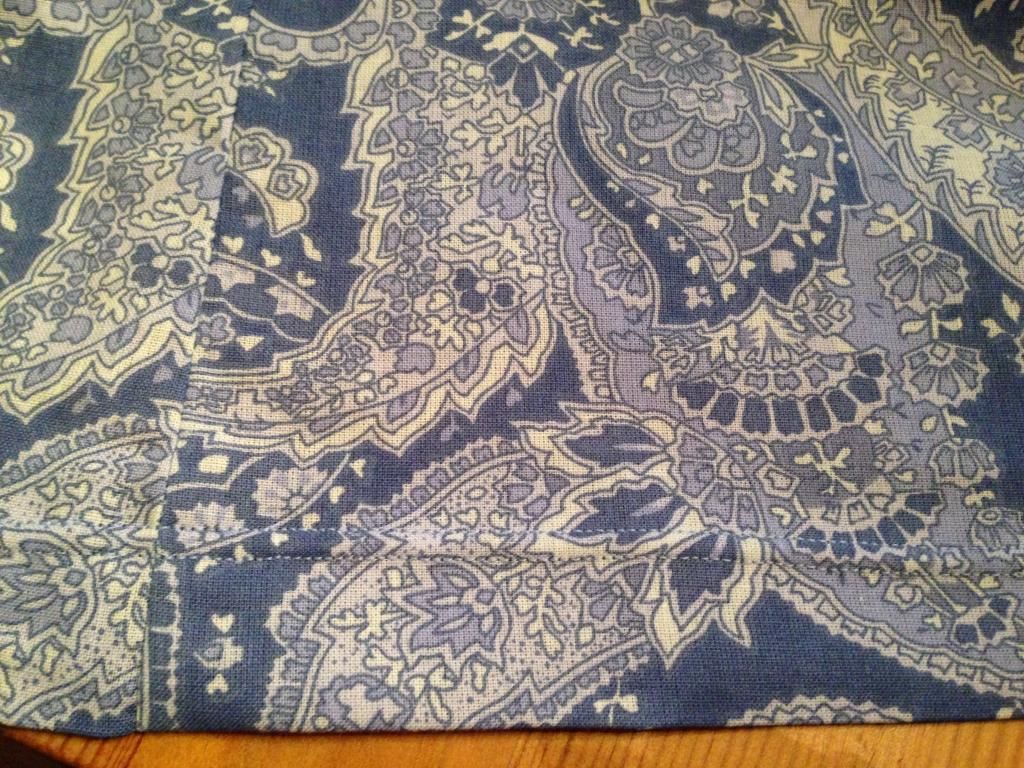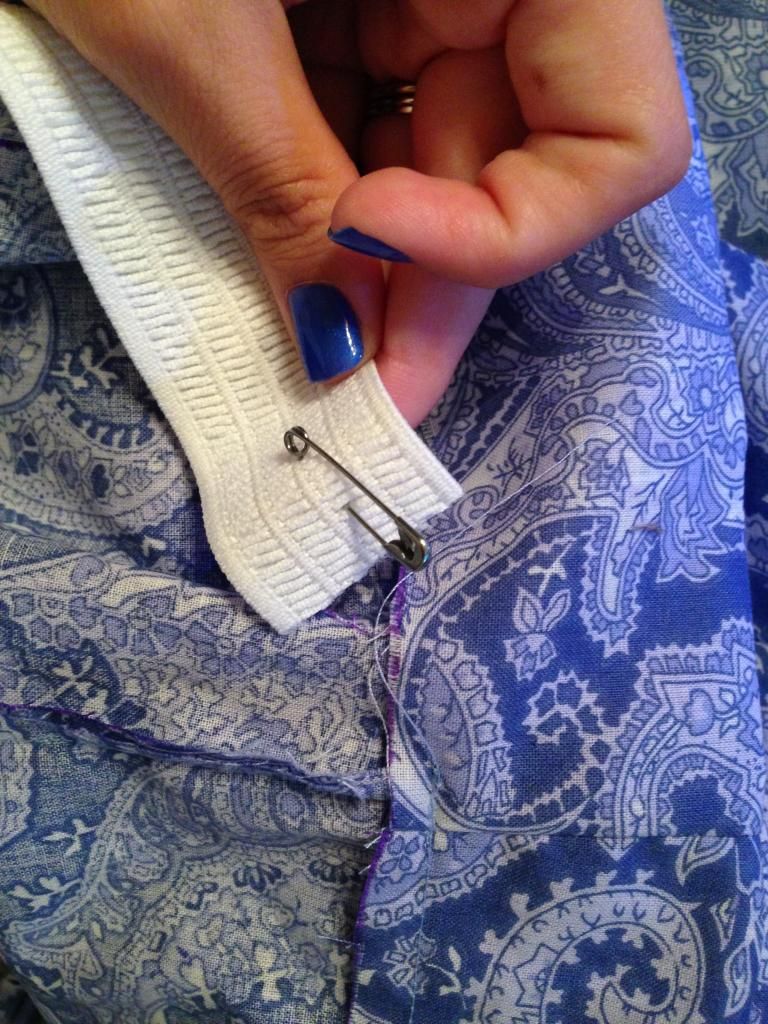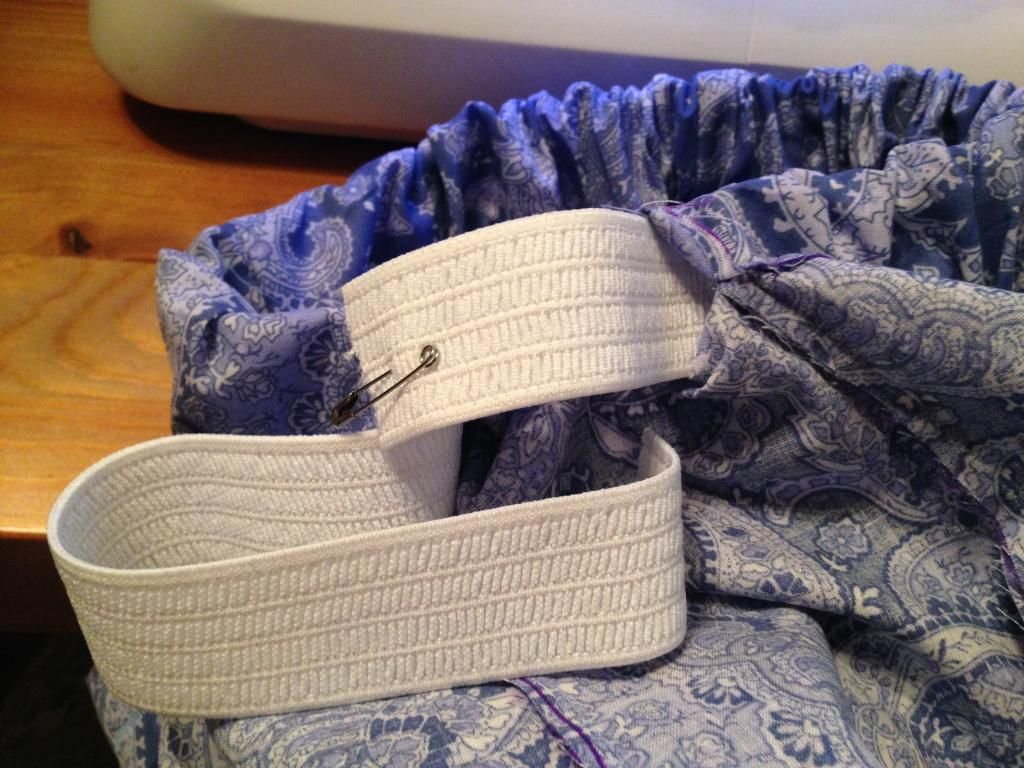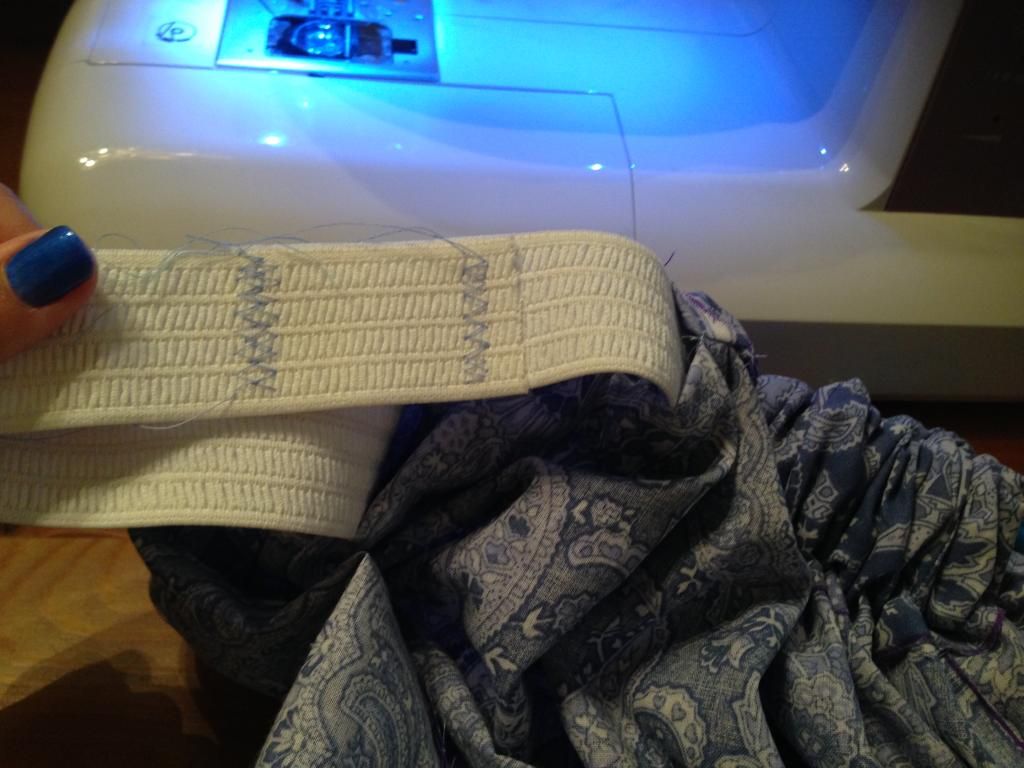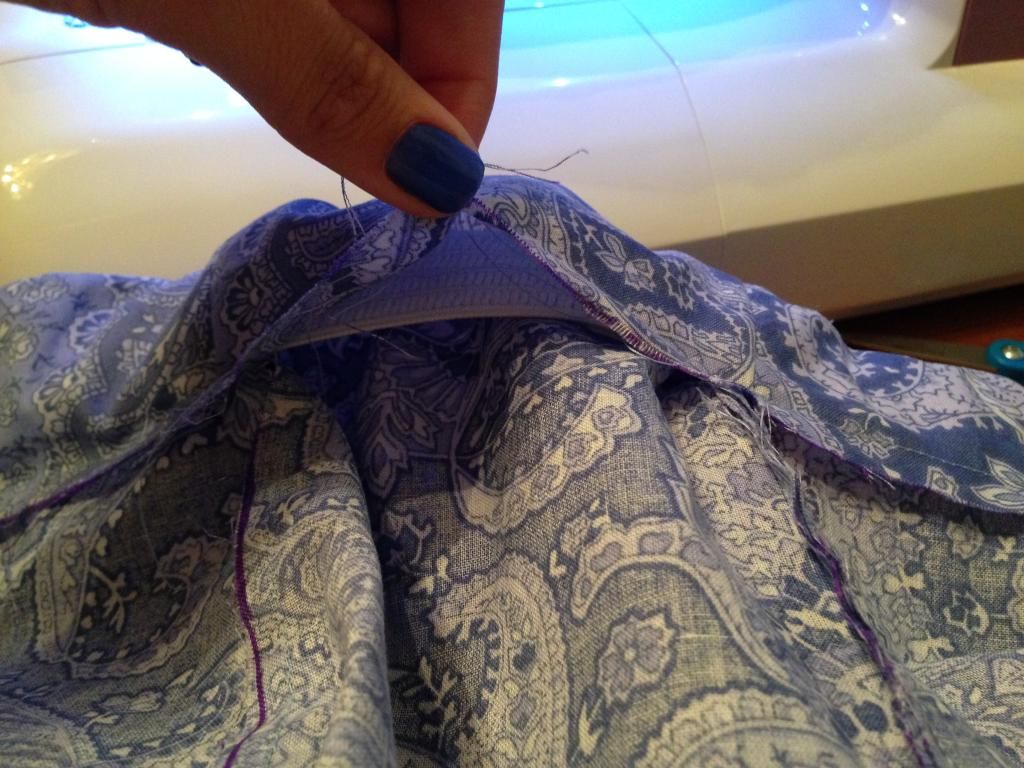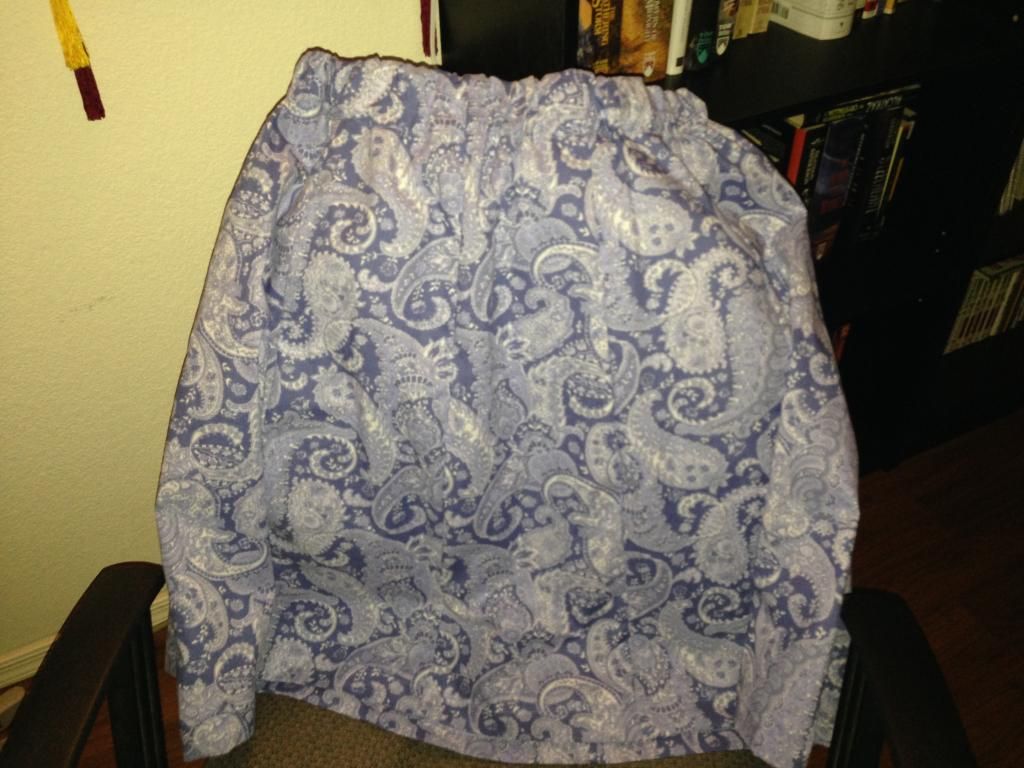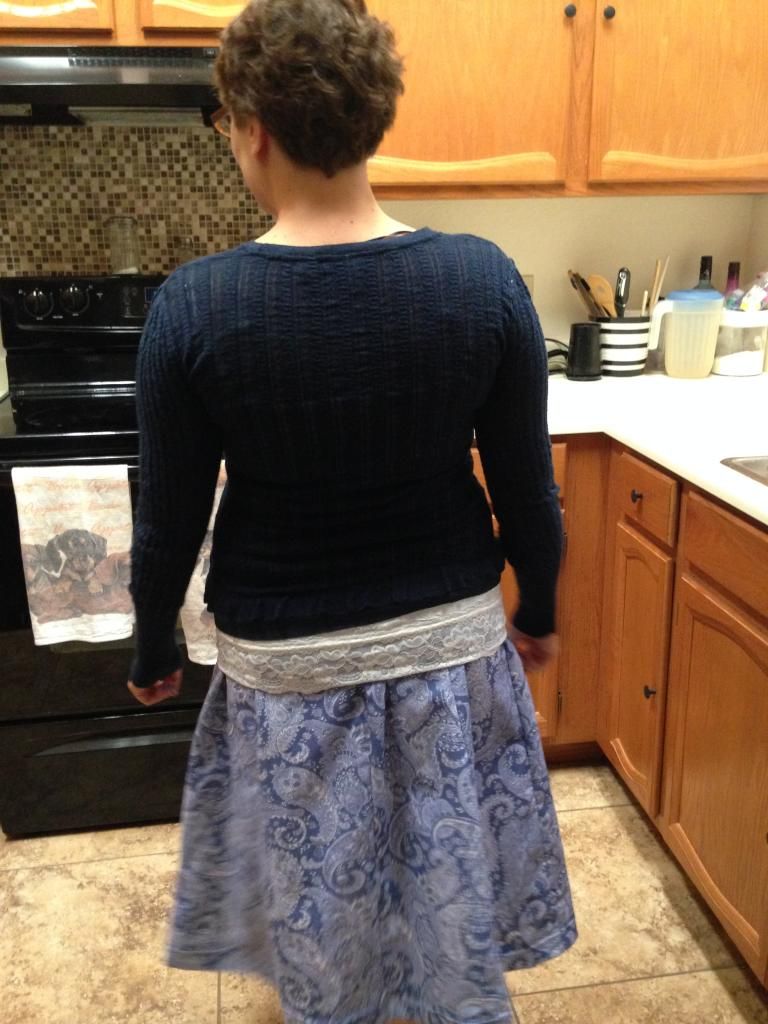Since its something I've made before I decided to make some herbal salve. We've got a mosquito takeover at my house and I knew this would help. Unfortunately, when I went to grab my recipe I couldn't find it! :'( Alas, I turned to pinterest, and it didn't fail. Calendula salve is a very popular herbal remedy but I wanted to add the creosote since it's such a great anti-bacterial and it smells FANTASTIC. I started with this recipe and adapted it to my needs.
First it required a bit of math on my part. Herb shops don't sell by the cup. When I weighed it at home 1/2 a cup turned out to be about 1/4 of an ounce, so if you get an ounce you'll definitely have extras.
Materials:
1 part Calendula (1/4 oz)
1 part Creosote (sometimes called Chaparral) Larrea Tridentata (1/4 oz)
2 parts Grapeseed oil (1 cup)
Beeswax (1 oz)
Cheesecloth
Bamboo Skewer
Salve Jars
Crockpot
Kitchen Scale
Directions:
Warning: I really did not take pics this time around. Sorry. :(
This is really a very simple process. Weigh out your herbs and throw them in the crockpot. I got a tiny Little Dipper crockpot at Big Lots for $10. It worked perfectly.
Cover the herbs in the oil. My pot didn't have a temp setting so I just plugged it in, put the lid on and left it. I checked it about every 30 minutes and stirred it with a bamboo skewer. I let it run for about 3 hours. In my head I thought I remembered the teacher saying you could tell it was done when the herbs start to lose their color. I couldn't find anything else that said this so don't quote me on that. The herbs did start to look less vibrant after three hours so I was ready to go.
I used a slotted spoon to get most of the herbs out of the crockpot and put them on cheesecloth over a measuring cup. Once most of the plant matter was out I upended the rest of it over the measuring cup (the crockpot doesn't come apart. Use oven mitts!!)
Once most of the oil had seeped through the cheesecloth I put the oil back in the crockpot.
This next bit involves a bit of personal preference. Add your beeswax to the crockpot in small increments and let it melt. Take your skewer, get a bit of oil on it and let a drop fall into the lid of your salve jar. Wait a few minutes for it to dry and you can test the consistency of your salve. I prefer mine a bit more solid since Arizona is hot and I don't want it to melt easily. I used my entire ounce of beeswax but you don't have to. I did about half a dozen test drops before I realized I only had a tiny bit of beeswax left and just decided to use it.
Once all your beeswax has melted and you've reached the consistency you want grab your jars. Wash them thoroughly and dry them even more so. You don't want any moisture left in your jars or it can make the salve spoil more quickly.
I used a small measuring spoon to transfer the salve from the pot to their jars. Just fill to the top and leave them to sit and cool down. This batch made a bit more than I had expected, I got two 2 oz jars and four 1 oz jars filled. I let the leftover cool in the crockpot and scooped it into some stray empty altoid tins I had laying around the house.
The only thing I wish I would have done differently is switching out dried Creosote for fresh. It grows all over the place here in Phoenix and is very easily accessible. Because the moisture content of Creosote is so low it's one you can use fresh. The fresh plant adds a much stronger smell than the dried leaf did. So if you like the smell of Creosote (a lot of people don't lol) use fresh if you can.
Hope you guys like the salve. Have you ever made any herbal remedies?
~Pockets! <3
P.S. Why yes I did wear my Yellow Ajah shirt when I made this and felt like a total bad ass. It's the small things in life... :D






